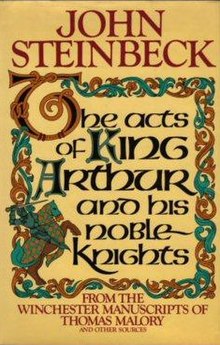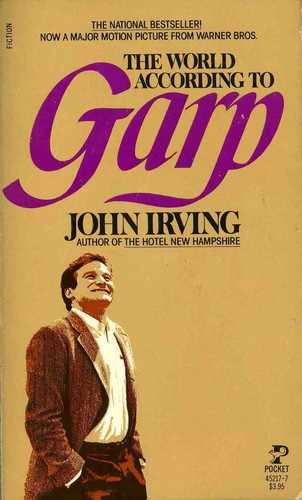| Last updated 7/6/2020. |
 |
Little WomenLouisa May Alcott
|
|
First Publication: 1868 Category: coming-of-age novel Sales: 1 million |
Accolades: |
|
About the Book: “Generations of readers young and old, male and female, have fallen in love with the March sisters,” BN “united in their devotion to each other and their struggles to survive in New England during the Civil War.” BN “Here are talented tomboy and author-to-be Jo, tragically frail Beth, beautiful Meg, and romantic, spoiled Amy.” BN Although Little Women is set in a very particular place and time in American history, the characters and their relationships have touched generations of readers and still are beloved.” LC “Far from being the ‘girl’s book’ her publisher requested, it explores such timeless themes as love and death, war and peace, the conflict between personal ambition and family responsibilities, and the clash of cultures between Europe and America.” BN “The novel is a classic coming of age story which follows the development of the young women into adulthood.” AZ “Central to the theme of the novel is the issue of overcoming one’s character flaws. For Meg it is vanity; Jo, temper; Beth, shyness; and Amy, selfishness. Through the various activities of the four sisters told throughout the novel lessons are learned of the consequences of these particular flaws.” AZ “The story begins to unfold during Christmastime. With their father away at war, the family must endure great poverty induced hardship, often times going hungry.” AZ “It is no secret that Alcott based Little Women on her own early life. While her father, the freethinking reformer and abolitionist Bronson Alcott, hobnobbed with such eminent male authors as Emerson, Thoreau, and Hawthorne, Louisa supported herself and her sisters with ‘woman’s work,’ including sewing, doing laundry, and acting as a domestic servant. But she soon discovered she could make more money writing.” BN “Little Women brought her lasting fame and fortune.” BN “This first edition…was published in 1868 when Louisa was thirty-five years old. Based on her own experiences growing up as a young woman with three sisters, and illustrated by her youngest sister, May, the novel was an instant success, selling more than 2,000 copies immediately. Several sequels were published, including Little Men (1871) and Jo’s Boys (1886).” LC The book has been adapted seven times for film, first in 1917 and most recently a 2019 version directed by Greta Gerwig. It starred Saoirse Ronan as Jo, Emma Watson as Meg, Florence Pugh as Amy, and Eliza Scanlen as Beth. The cast also included Meryl Streep, Laura Dern, Timothée Chalamet, and Chris Cooper. Some critics called it “the definitive adaptation.” WK Resources and Related Links:
|
| In July 2018, I became the organizer of the Classic Novels Book Club. Check out the Book Club tab here or Meetup for more information. This is our March 2020 book. |






















